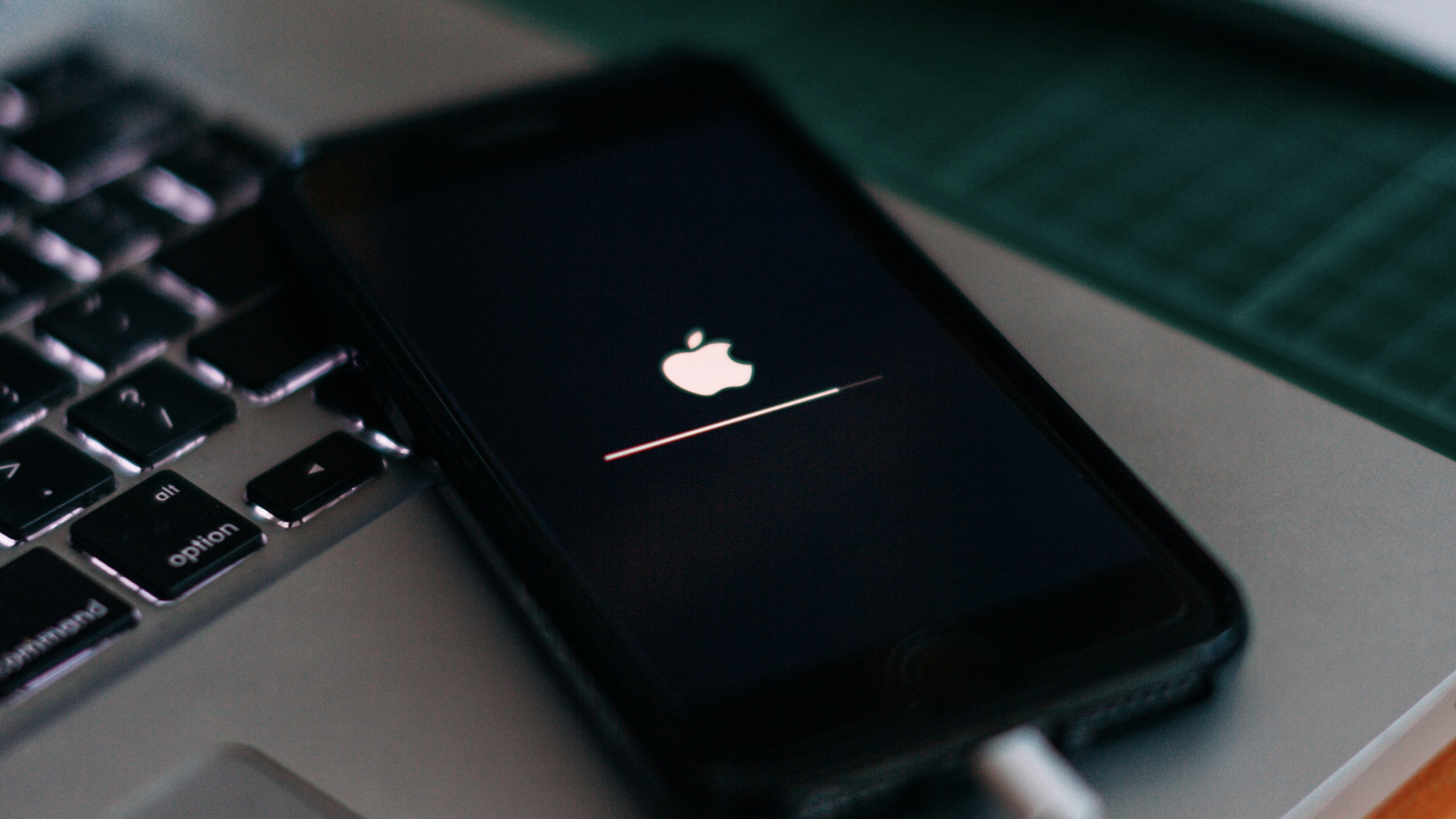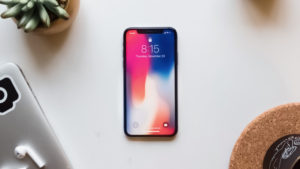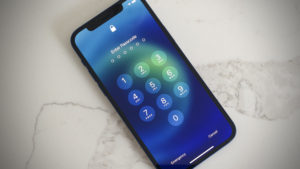New phone updates are exciting — they offer fresh features, cool changes, and a way to keep your old iPhone or Android feeling like new. It’s common to procrastinate on these updates, but you really shouldn’t. No, not just because you’re missing out on the latest and greatest, but also because you’re risking your phone’s overall security.
Phone updates aren’t just about adding new stuff to your device; they’re also about fixing problems, too. Phones, just like your computer, experience bugs and issues that can be frustrating. Maybe you go to type an email, but notice your keyboard doesn’t respond to your taps; maybe you open your camera to take a picture, only for the entire app to crash.
These are issues that Apple or Google — makers of iPhone’s iOS and Android OS, respectively — either don’t encounter when developing their software, or decide aren’t big enough problems to halt a software release. Whatever the case, future software updates are there to ensure that any problems they do know about are solved.
But Apple and Google don’t scramble to push out a software update because they notice a bug in the Music app. The more serious focus is on issues that affect the security of your device — flaws in the software that would allow bad actors to break in and steal your personal information.
Security Updates on Android
Android differentiates between regular software updates and security updates, which makes sense on the surface. However, there’s often a complicated chain of command that comes with these updates.
Because Android is a Google product, Google will first create the software patch. If you have a Google-made Pixel phone, you’ll likely receive the update directly from Google. If you have a phone from another company, however (Samsung, OnePlus, LG, Sony, etc.) you’ll need to wait for that company to create their own update from Google’s security patch.
But you still might not be there yet. In some cases, your smartphone’s maker will need to send that security patch to your carrier, forcing you to wait for AT&T, Verizon, or T-Mobile/Sprint to create the specific patch for your device.
It’s obvious things get pretty complicated here, and that complication might hurt your phone security. Because this chain takes time and effort, many phones don’t get regular security updates. Not only that, some companies drop support for security updates pretty quickly for certain devices, meaning your smartphone might not ever see a patch for that issue.
From a security standpoint, you might want to consider picking up a new phone once yours stops receive security updates, but until then, keep checking for updates!
Security Updates on iPhone
In iPhone world, things are a little easier. Well, make that a lot easier. Apple decides to bundle its security updates with its regular updates, so you get the best of both world’s with each and every software version.
The main downside is that security updates are less frequent on iOS than Android, since Apple doesn’t usually release targeted updates for security fixes alone. They will every now and then, if the issue is bad enough. Most of the time, however, you’ll find both fun new changes accompanying security patches on iPhone, so updating is a no-brainer!
Cover photo by Andras Vas/Unsplash






